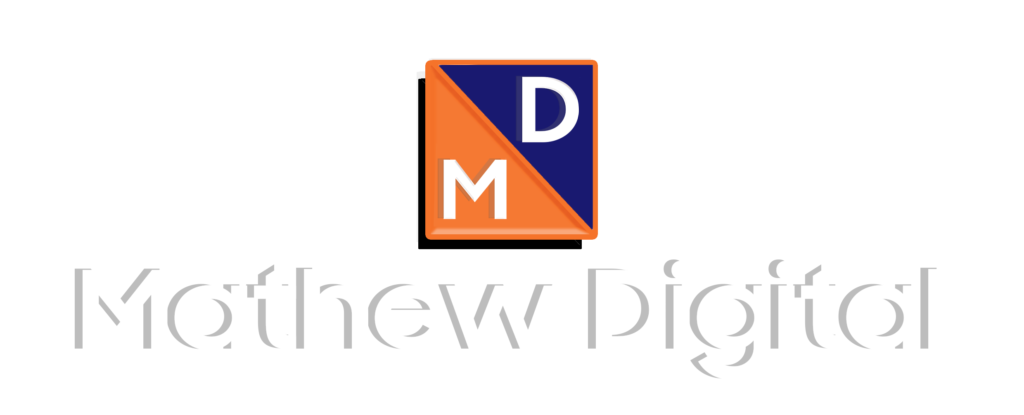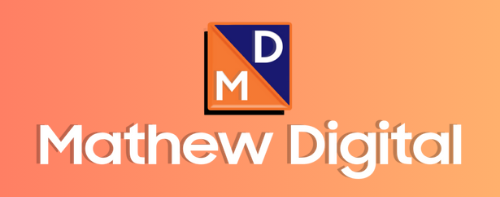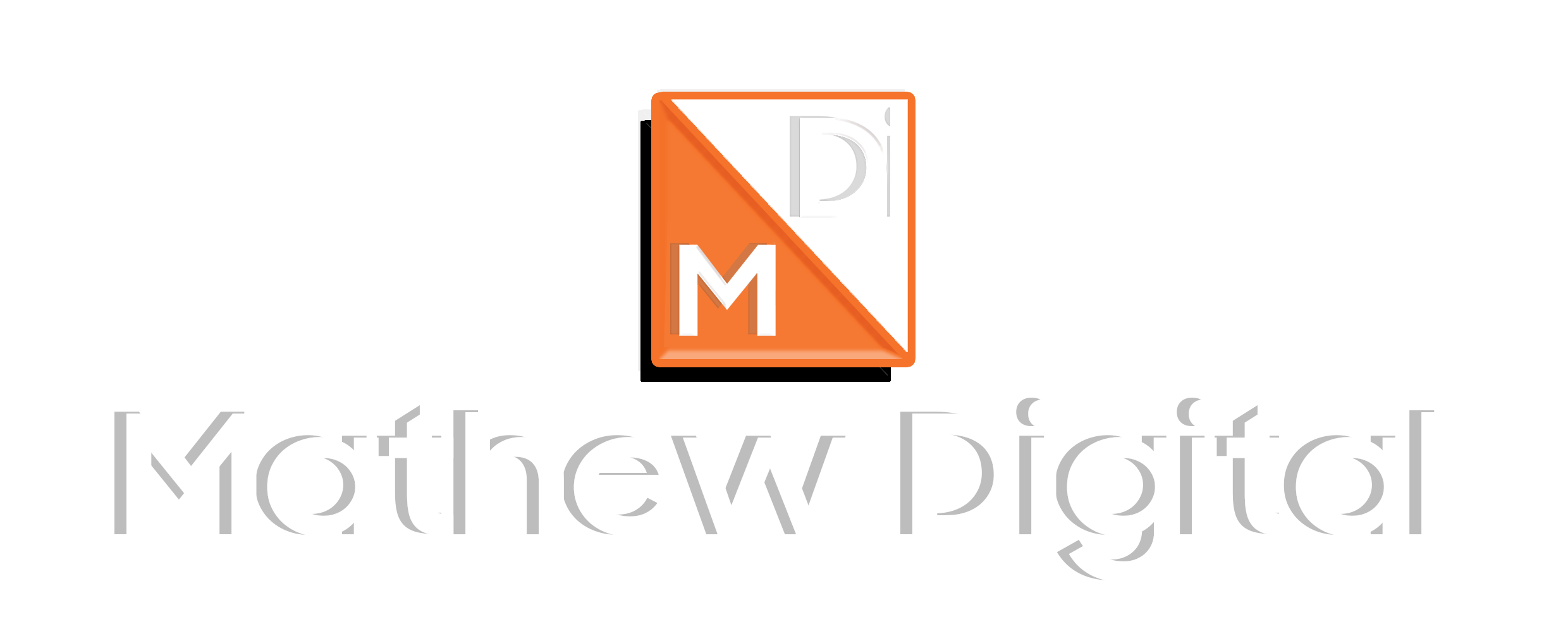
The artificial intelligence landscape has been revolutionized by the emergence of ChatGPT and its various iterations. Millions of users worldwide rely on these powerful language models to enhance their productivity and creativity, from businesses to content creators, and educators to developers. But with multiple versions now available, choosing the right ChatGPT model for your specific needs can be overwhelming.
In this comprehensive guide, we’ll explore every major ChatGPT model, diving deep into their capabilities, differences, and real-world applications. Whether you’re a seasoned AI enthusiast or just getting started with conversational AI, this detailed comparison will help you make informed decisions about which version best suits your requirements.
Contents
- 1 Understanding the Evolution of ChatGPT
- 2 GPT-4: The Foundation of Modern Conversational AI
- 3 GPT-4.1: Incremental Improvements with Significant Impact
- 4 GPT-4.5: Pushing the Boundaries Further
- 5 o4-mini: Compact Power for Specific Applications
- 6 Comparative Analysis: Performance Across Key Metrics
- 7 Practical Applications and Use Cases
- 8 Cost-Benefit Analysis
- 9 Future Outlook and Recommendations
- 10 Conclusion
Understanding the Evolution of ChatGPT
Before diving into specific comparisons, it’s crucial to understand how ChatGPT has evolved since its initial release. OpenAI has consistently pushed the boundaries of what’s possible with large language models, each iteration bringing significant improvements in reasoning, creativity, and practical utility.
The journey from the original GPT models to today’s sophisticated models represents years of research, development, and real-world testing. Each version has been designed to address the specific limitations of its predecessors while introducing new capabilities that expand the potential applications of AI-powered conversations.
GPT-4: The Foundation of Modern Conversational AI
Core Capabilities and Architecture
GPT-4 1 represented a groundbreaking milestone in the ChatGPT ecosystem. Released as OpenAI’s most advanced model at the time, it introduced multimodal capabilities, allowing users to interact with both text and images. This groundbreaking feature opened up entirely new use cases that were previously impossible with text-only models.
The GPT-4 architecture signifies a notable progression in parameter count and training approach. While OpenAI hasn’t disclosed the exact number of parameters, estimates suggest it’s substantially larger than its predecessor, GPT-3.5. This increased scale directly translates to improved performance across virtually every metric that matters for practical applications.
Real-World Performance Metrics
In practical testing scenarios, GPT-4 demonstrates remarkable capabilities across diverse domains. Its reasoning abilities shine particularly bright in complex problem-solving situations, making it invaluable for professionals who need to work through intricate challenges.
The model excels in creative writing tasks, producing content that often rivals human-generated material in terms of originality and engagement. For businesses looking to scale their content production, GPT-4 offers a compelling solution that maintains quality while dramatically increasing output capacity.
Code generation represents another area where GPT-4 truly stands out. Developers report significant productivity gains when using the model for debugging, code review, and even generating entire functions from natural language descriptions. The accuracy and efficiency of its programming assistance have made it an indispensable tool in many development workflows.
Limitations and Considerations
Despite its impressive capabilities, GPT-4 isn’t without limitations. The model occasionally struggles with very recent information, as its training data has a specific cutoff date. This can be particularly challenging for users who need up-to-date information about rapidly evolving topics.
Processing speed can also be a concern for users who need real-time responses. While the quality of outputs is exceptional, the computational requirements sometimes result in longer response times compared to lighter models.
GPT-4.1: Incremental Improvements with Significant Impact
Enhanced Reasoning and Logic
GPT-4.1 brought forth nuanced yet impactful refinements to the core GPT-4 architecture. The most notable enhancement lies in its reasoning capabilities, particularly when handling multi-step logical problems. Users report more consistent performance when asking the model to work through complex chains of reasoning.
Mathematical problem-solving received particular attention in this iteration. The model demonstrates improved accuracy when handling calculations, statistical analysis, and mathematical proofs. This enhances its dependability for educational purposes and professional settings where accuracy is crucial.
Improved Context Handling
One of the most notable upgrades in GPT-4.1 involves advanced context window management. The model maintains better coherence across longer conversations, remembering earlier parts of discussions more effectively. This improvement is particularly valuable for users engaged in extended brainstorming sessions or complex project planning.
The enhanced context handling also manifests in better document analysis capabilities. When working with lengthy texts, GPT-4.1 maintains awareness of themes and details throughout the entire document, leading to more accurate summaries and insights.
Specialized Domain Performance
GPT-4.1 shows marked improvements in specialized domains such as legal reasoning, medical information processing, and technical documentation. While it’s important to note that these models shouldn’t replace professional expertise, they serve as powerful assistants for professionals working in these fields.
The model’s ability to understand and generate domain-specific terminology has been enhanced, making it more useful for expert-level discussions and professional documentation tasks.
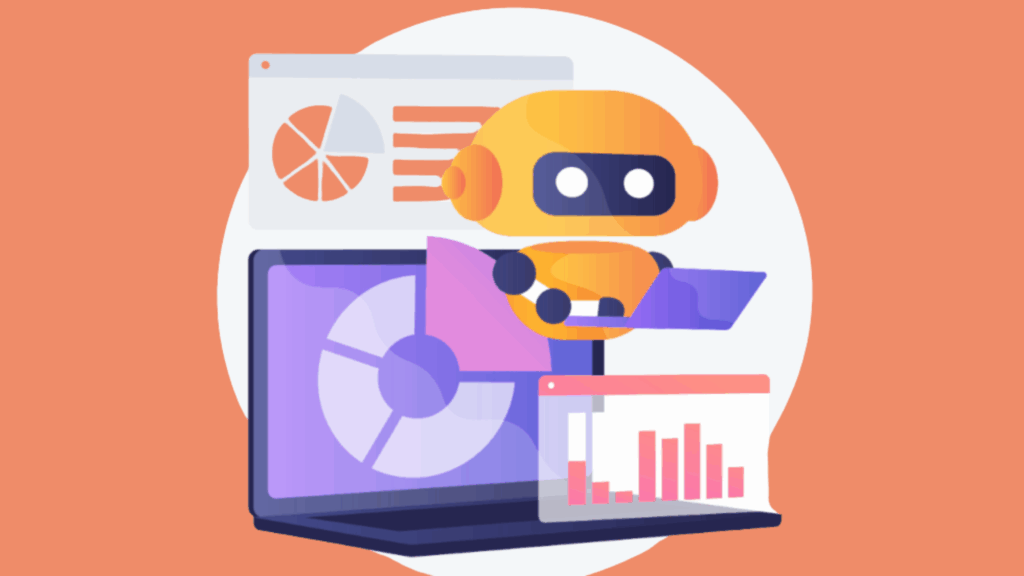
GPT-4.5: Pushing the Boundaries Further
Advanced Multimodal Integration
GPT-4.5 represents a significant leap in multimodal capabilities. The integration between text and image processing has become more seamless, allowing for more sophisticated analysis and generation tasks that combine both modalities.
Users can now engage in more complex visual reasoning tasks, such as analyzing charts, diagrams, and infographics with greater accuracy. The model can extract detailed information from images and incorporate that data into comprehensive written analyses.
Enhanced Creative Capabilities
The creative writing abilities of GPT-4.5 have reached new heights. The model demonstrates an improved understanding of narrative structure, character development, and stylistic consistency. Writers and content creators report that the model can maintain voice and tone more effectively across longer pieces.
Poetry generation has also seen significant improvements, with the model showing a better grasp of meter, rhyme schemes, and literary devices. This makes it a valuable tool for educators teaching creative writing and for authors seeking inspiration or assistance with their work.
Scientific and Technical Reasoning
GPT-4.5 stands out in scientific and technical fields, showcasing a heightened capacity to manage intricate equations, scientific concepts, and technical details. Researchers and engineers find it particularly useful for literature reviews, hypothesis generation, and technical documentation.
The model’s understanding of scientific methodology has been enhanced, allowing it to better assist with experimental design and data interpretation. While it cannot replace human expertise, it serves as a valuable research assistant for professionals in STEM fields.
Performance Optimization
Response quality has been refined across all categories, with particular attention paid to reducing hallucinations and improving factual accuracy. The model shows better awareness of its limitations and is more likely to acknowledge uncertainty when appropriate.
Processing efficiency has also been improved, with faster response times for most query types. This makes GPT-4.5 more practical for real-time applications and interactive use cases.
o4-mini: Compact Power for Specific Applications
Design Philosophy and Architecture
The o4-mini represents a different approach to language model development. Rather than maximizing parameter count and capabilities, this model focuses on efficiency and specialized performance. It’s designed for users who need reliable AI assistance without the computational overhead of larger models.
The “mini” designation doesn’t necessarily mean reduced capability across all domains. Instead, it represents a carefully optimized model that delivers strong performance in specific use cases while maintaining lower resource requirements.
Speed and Efficiency Advantages
One of the most compelling aspects of o4-mini is its response speed. Users who prioritize quick interactions often find this model more suitable for their workflows. The reduced latency makes it ideal for applications requiring real-time responses or frequent API calls.
The efficiency extends beyond just speed to include lower computational costs, making it attractive for businesses and developers who need to manage operational expenses while maintaining AI capabilities.
Specialized Use Cases
Despite its compact nature, o4-mini excels in several specific domains. Customer service applications benefit from their quick response times and consistent performance in handling routine inquiries.
Educational applications also leverage o4-mini effectively, particularly for language learning, basic tutoring, and interactive educational content. The model’s reliability and speed make it suitable for student-facing applications where consistent performance is crucial.
Trade-offs and Limitations
While o4-mini offers significant advantages in speed and efficiency, users should understand the trade-offs involved. Complex reasoning tasks that require extensive context or deep analysis may be better suited to the full GPT-4 variants.
Creative tasks requiring high levels of originality or nuanced understanding might also benefit from the enhanced capabilities of the larger models. The key is matching the tool to the specific requirements of your use case.
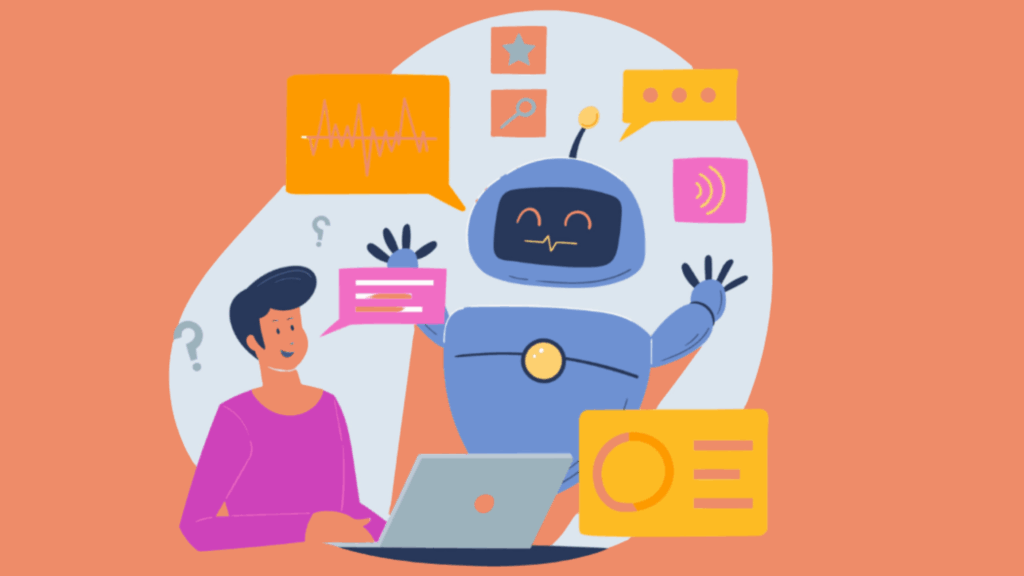
Comparative Analysis: Performance Across Key Metrics
Reasoning and Problem-Solving
When evaluating reasoning capabilities across all models, a clear hierarchy emerges. GPT-4.5 leads in complex logical reasoning, followed closely by GPT-4.1. The original GPT-4 remains highly capable, while the o4-mini provides adequate reasoning for straightforward problems but may struggle with multi-layered challenges.
Mathematical problem-solving shows similar patterns, with the more advanced variants demonstrating superior accuracy and ability to handle complex calculations. This makes them more suitable for educational applications, research assistance, and professional scenarios requiring mathematical precision.
Creative Content Generation
Creative capabilities vary significantly across the ChatGPT models. GPT-4.5 stands out for its sophisticated understanding of narrative structure, character development, and stylistic consistency. Writers working on complex projects often prefer this model for its ability to maintain coherence across lengthy works.
GPT-4.1 offers strong creative capabilities with improved consistency compared to the original GPT-4. The original GPT-4 remains highly creative but may show occasional inconsistencies in longer creative works.
O4-mini, while capable of generating creative content, is better suited for shorter pieces or more straightforward creative tasks. Its efficiency makes it ideal for generating ideas, brainstorming, or creating content where speed is more important than sophisticated literary techniques.
Technical and Professional Applications
For coding and software development, GPT-4.5 and GPT-4.1 offer superior capabilities in understanding complex programming concepts, debugging, and generating sophisticated code structures. They excel at translating natural language requirements into functional code across multiple programming languages.
Professional writing applications benefit from the enhanced context handling and domain-specific knowledge of the advanced variants. Legal professionals, medical practitioners, and business analysts often find the more sophisticated models better suited to their specialized needs.
O4-mini serves well for routine technical tasks, basic coding assistance, and straightforward professional writing. Its speed advantage makes it valuable for applications requiring quick turnaround times.
Multimodal Capabilities
Image analysis and generation capabilities are most advanced in GPT-4.5, which offers sophisticated visual reasoning and the ability to generate detailed descriptions of complex images. This makes it invaluable for accessibility applications, content creation, and educational materials.
GPT-4.1 and the original GPT-4 offer solid multimodal capabilities suitable for most image analysis tasks. They can handle document analysis, chart interpretation, and basic visual reasoning effectively.
O4-mini has limited multimodal capabilities, focusing primarily on text-based interactions. Users requiring extensive image processing should consider the more advanced models.
Ethical, Privacy & Responsible AI Use
Deploying powerful AI tools like GPT-4.5 or o4-mini requires more than technical know-how. It demands clear guidelines to prevent bias, protect data, and build trust. Here’s how to keep AI adoption in check:
Bias & Fairness
- Spot Bias Early: Even state-of-the-art models can echo stereotypes (e.g., gendered assumptions about roles).
- Quick Checks: Always review AI outputs for unfair language or “hallucinations.”
- Mitigation Tips:
- Use guardrail prompts (“Provide an unbiased overview”).
- Implement a human review step before publishing.
- Maintain an internal style guide that flags biased terms.
- Use guardrail prompts (“Provide an unbiased overview”).
Data Privacy & Security
- Know the Policy: As of mid-2025, OpenAI may store anonymized prompts unless you opt out, so confirm their latest terms.
- Anonymize Inputs: Remove or redact PII (e.g., “A 52-year-old patient” instead of using name or precise identifiers).
- Lock Down API Keys: Store credentials in a secrets manager and rotate them regularly.
- Encrypt Everything: Ensure TLS for API calls and AES-256 (or equivalent) for stored data.
Responsible Deployment
- Set Usage Limits: Cap sessions or requests to control costs and prevent misuse.
- Enable Content Filters: Use OpenAI’s moderation endpoints to block hate speech, self-harm prompts, etc.
- Version & Log: Tag outputs with model versions (e.g., “Generated by GPT-4.1, June 2025”) and keep prompt/output logs for auditing.
- Regulatory Compliance: If you serve healthcare or finance clients, check relevant rules (like GDPR or India’s data-protection laws).
Transparency & User Education
- Disclose AI Use: Add “Generated with assistance from GPT-4.5” to blogs or marketing assets.
- Label Chatbots Clearly: A small “ℹ️ Powered by AI” icon helps users understand they’re talking to a model, not a human.
- Train Your Team: Run a quick internal session on each model’s strengths and blind spots—so everyone knows when to fact-check or revise.
- Offer a One-Page Guide: Provide clients a brief “AI Best Practices” sheet to set expectations, explain limitations, and show how to spot errors.
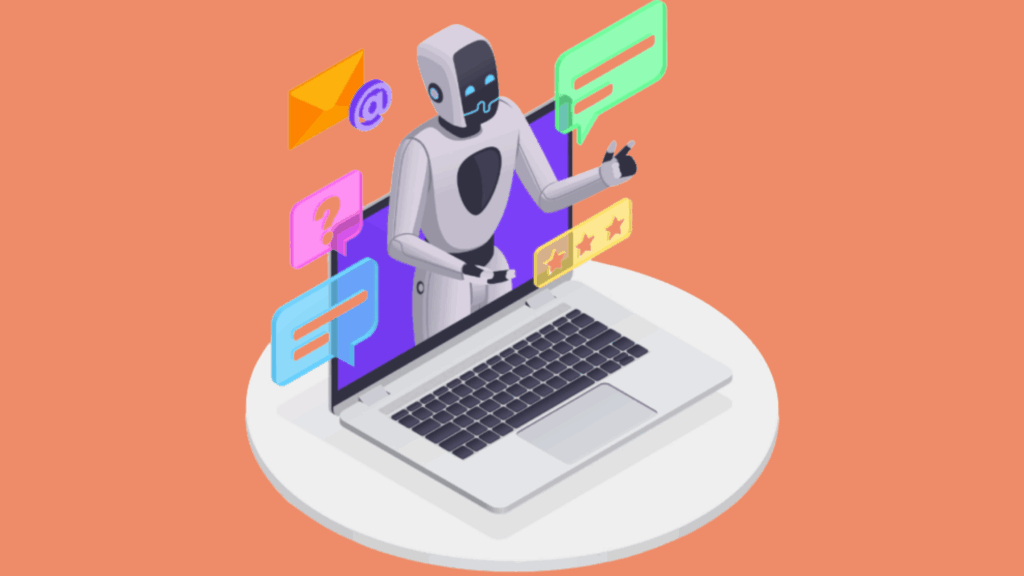
Practical Applications and Use Cases
Business and Enterprise Applications
Large enterprises often benefit from deploying multiple ChatGPT models for different purposes. GPT-4.5 might handle complex analysis and strategic planning, while o4-mini manages routine customer service interactions and basic content generation.
The selection of a model has a significant impact on both operational costs and overall performance. Businesses should carefully evaluate their specific needs, considering both the complexity of tasks and the volume of interactions required.
Educational Technology
Educational applications showcase the strengths of different variants clearly. GPT-4.5 excels in providing detailed explanations of complex concepts, assisting with research projects, and supporting advanced coursework.
O4-mini proves valuable for language learning applications, basic tutoring, and interactive educational games where quick responses enhance the learning experience.
Content Creation and Marketing
Content creators and marketing professionals often use different models for different aspects of their work. GPT-4.5 might handle long-form content creation and strategic planning, while o4-mini manages social media content and quick response generation.
The ability to maintain brand voice and style consistency varies across variants, with more advanced models showing superior performance in this crucial area.
Research and Development
Researchers benefit from the advanced reasoning capabilities of GPT-4.5 and GPT-4.1 for literature reviews, hypothesis generation, and data analysis assistance. The enhanced scientific reasoning capabilities make these models valuable research tools.
O4-mini can handle routine research tasks such as basic data organization and simple analysis, freeing researchers to focus on more complex challenges.
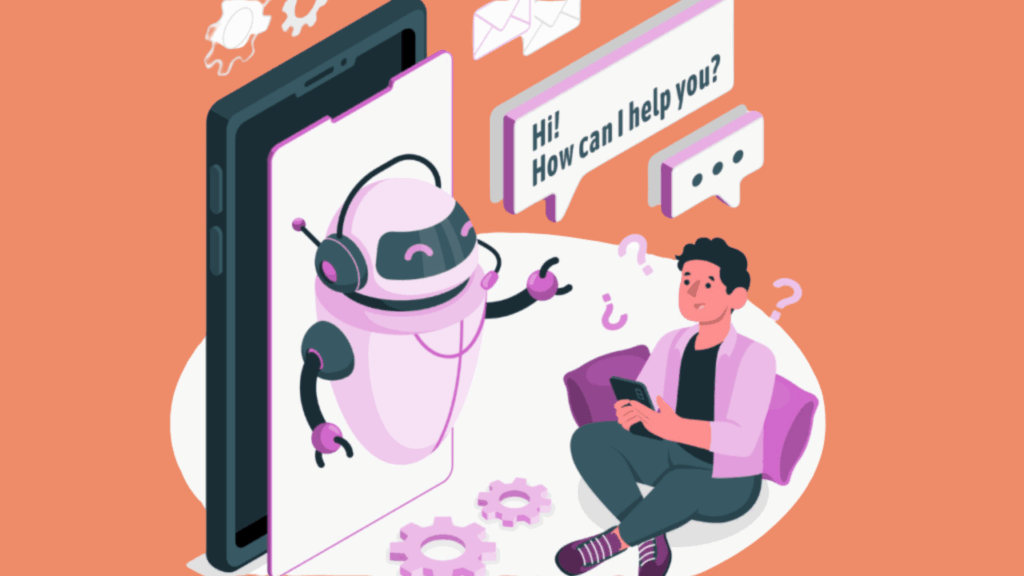
Cost-Benefit Analysis
Pricing Considerations
The cost structure for different ChatGPT models varies significantly, with more advanced models typically commanding higher prices per interaction. Organizations must balance the enhanced capabilities against budget constraints.
For high-volume applications, the efficiency of o4-mini can result in substantial cost savings, even if individual capabilities are somewhat reduced. The key is matching model selection to specific use case requirements.
Return on Investment
Businesses implementing ChatGPT variants should consider the total value delivered, not just the direct costs. Enhanced capabilities can lead to improved productivity, better customer experiences, and competitive advantages that justify higher costs.
The time savings and productivity gains from using appropriate models often exceed the direct costs, particularly for knowledge work and creative applications.
Scalability Factors
As usage scales, the efficiency advantages of o4-mini become more pronounced, while the advanced capabilities of GPT-4.5 become more valuable for complex, high-impact applications.
Organizations should consider their growth trajectory and evolving needs when selecting variants, ensuring their choice can scale effectively with their requirements.
Future Outlook and Recommendations
Emerging Trends
The development of ChatGPT models continues to accelerate, with new improvements and capabilities being released regularly. Users should stay informed about updates and new releases that might better serve their needs.
Integration capabilities are expanding, making it easier to incorporate different models into existing workflows and systems. This trend toward better integration will likely continue, making ChatGPT variants more accessible and practical for diverse applications.
Selection Guidelines
Choosing the right ChatGPT variant requires careful consideration of specific needs, budget constraints, and performance requirements. Users should evaluate their primary use cases and select variants that align with their priorities.
For most users, starting with a single variant and expanding based on experience provides the best approach. This allows for practical evaluation of capabilities and helps identify areas where different variants might add value.
Best Practices for Implementation
Successful implementation of ChatGPT variants requires understanding their strengths and limitations. Users should develop clear guidelines for when to use each variant and how to maximize their effectiveness.
Regular evaluation and adjustment of variant selection ensure optimal performance as needs evolve and new capabilities become available.
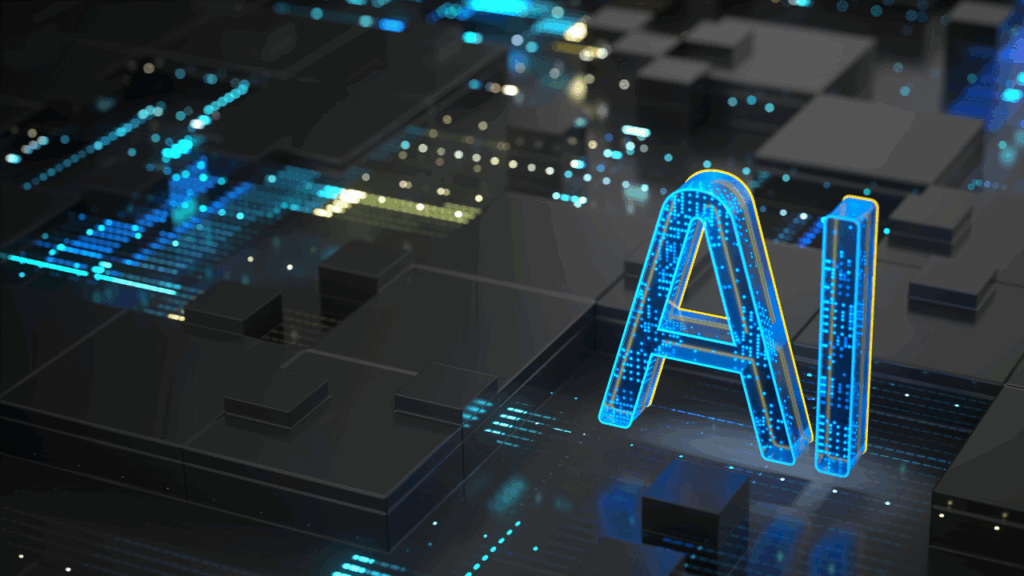
Conclusion
The landscape of ChatGPT models offers unprecedented opportunities for individuals and organizations to leverage artificial intelligence effectively. From the comprehensive capabilities of GPT-4.5 to the efficient performance of o4-mini, each model serves specific needs and use cases.
Understanding the distinctions between these variants enables users to make informed decisions that maximize value and effectiveness. Whether you’re seeking advanced reasoning capabilities, creative assistance, or efficient routine task handling, there’s a ChatGPT model designed to meet your needs.
As artificial intelligence continues to evolve, staying informed about these developments becomes increasingly important. The variants we’ve explored represent significant milestones in AI development, but they’re also stepping stones toward even more capable future systems.
For businesses looking to leverage these powerful AI tools effectively, partnering with experienced digital marketing professionals can make a significant difference. At Mathew Digital, recognized as the best digital marketing agency in Bangalore, we understand how to integrate cutting-edge AI technologies into comprehensive marketing strategies that drive real results.
Our expertise in direct-response digital marketing, combined with a deep understanding of AI capabilities, creates powerful lead-generating machines for our clients. We help businesses navigate the complex landscape of AI tools and marketing technologies to achieve measurable growth in sales and revenue.
Whether you’re just beginning to explore AI applications for your business or looking to optimize existing implementations, the right guidance can transform these powerful tools into sustainable competitive advantages. The future of business lies in effectively combining human expertise with artificial intelligence capabilities, and the ChatGPT variants we’ve explored represent some of the most powerful tools available for this transformation.
